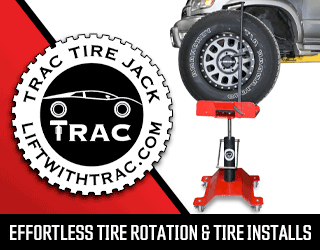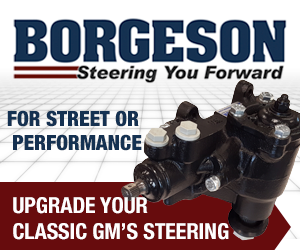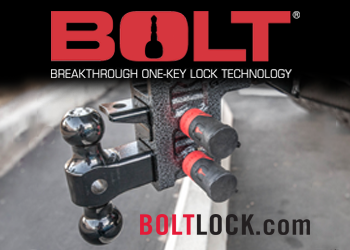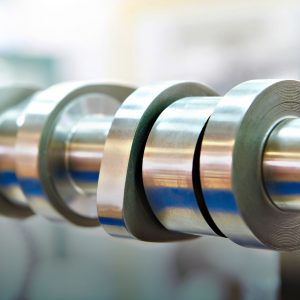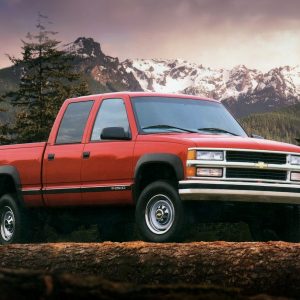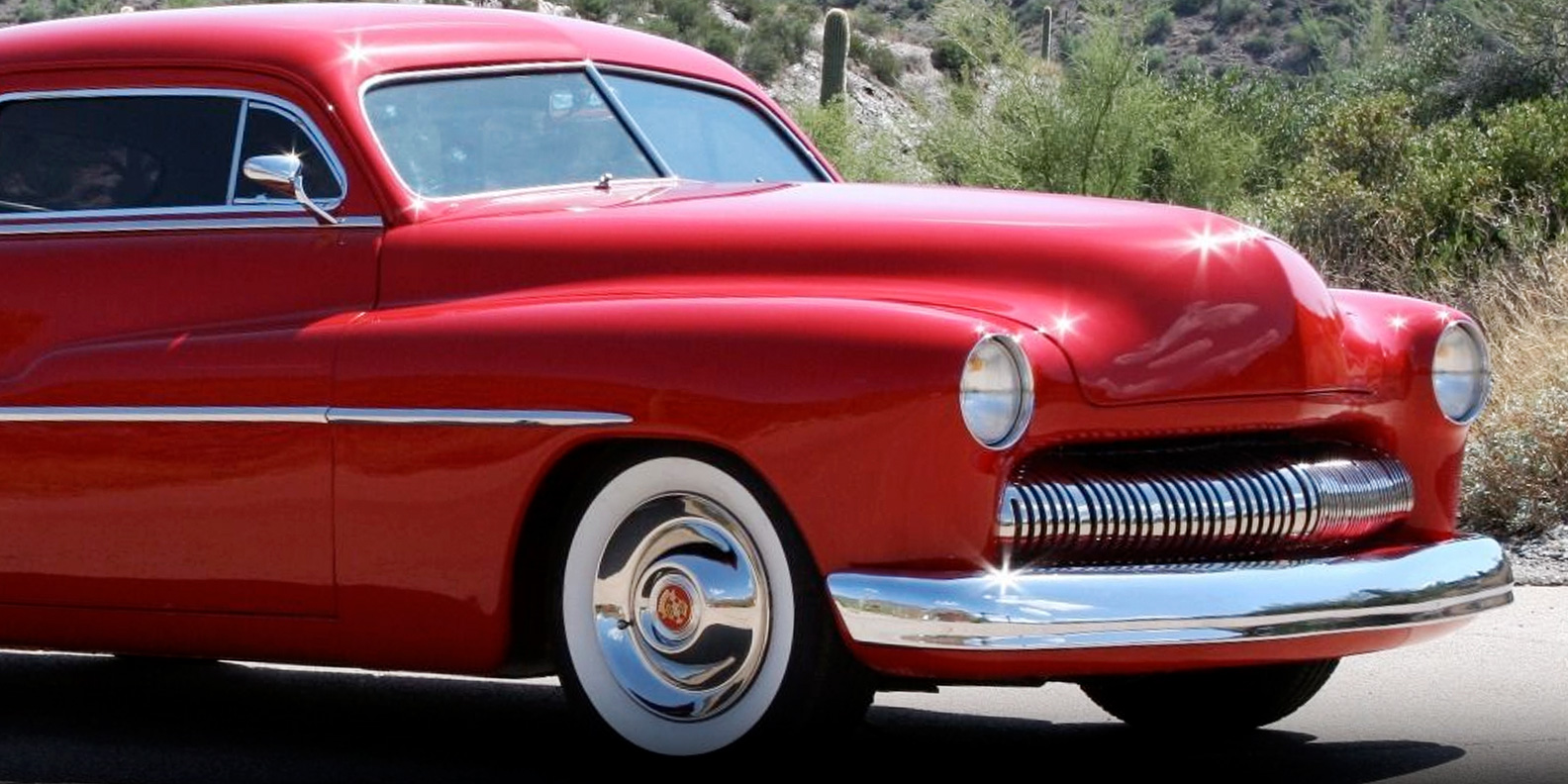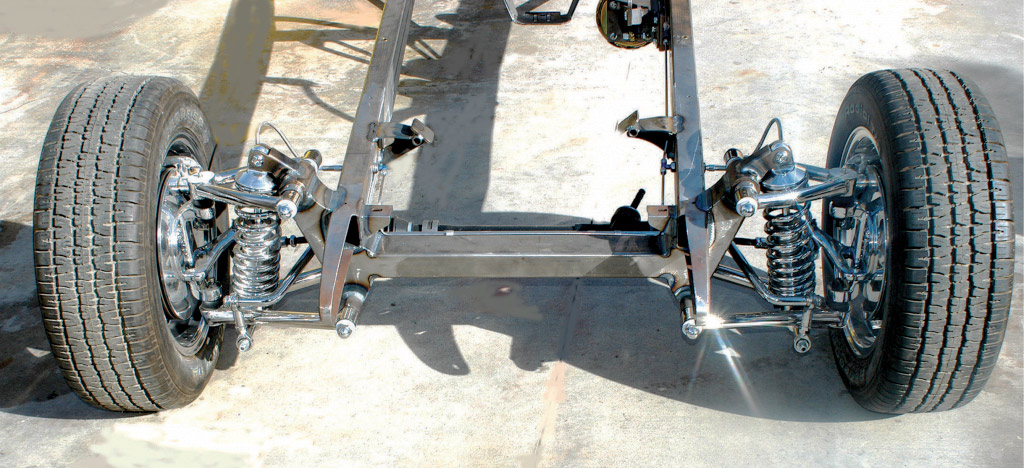Builds
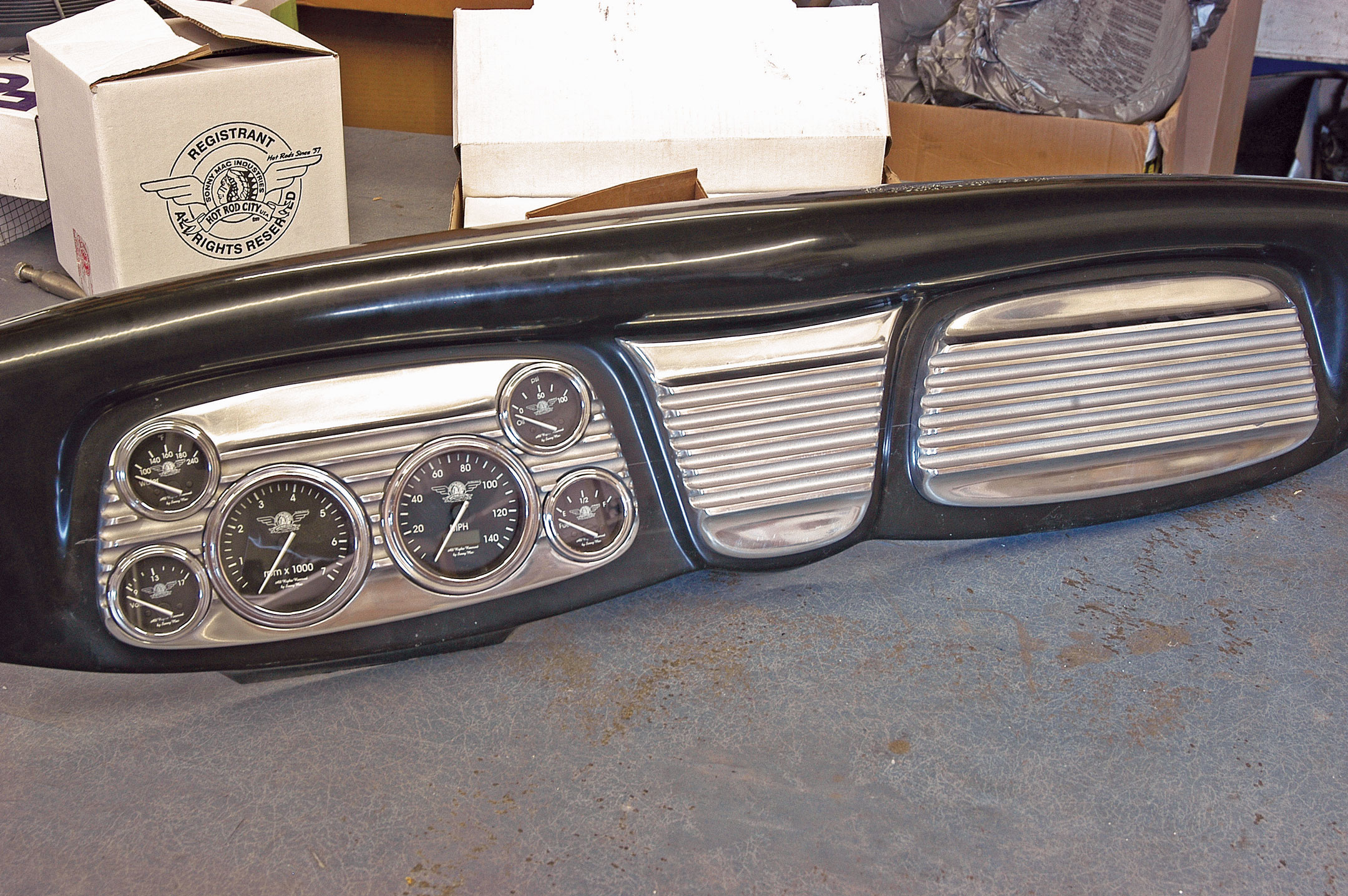
When building a street rod, unless you are building it to look like the day it rolled off the showroom floor, you find yourself constantly hiding whatever you can, wherever you can. One area that usually ends up hiding more items than was ever intended is the dashboard.
The dash is the one area that lives up to the old saying, “10 pounds of stuff in a 5-pound bag,” which generally carries with it a whole set of challenges and/or problems. When it comes to the ’33-’34 Ford, conditions are worse than normal, as there’s practically no space behind or under the dash. By the time you place your gauges and an A/C unit, there is little room left for much else, including a glovebox. When your needs are such that you require a certain amount of equipment behind the dash, most of the time the answer to your dilemma is a smooth dash.
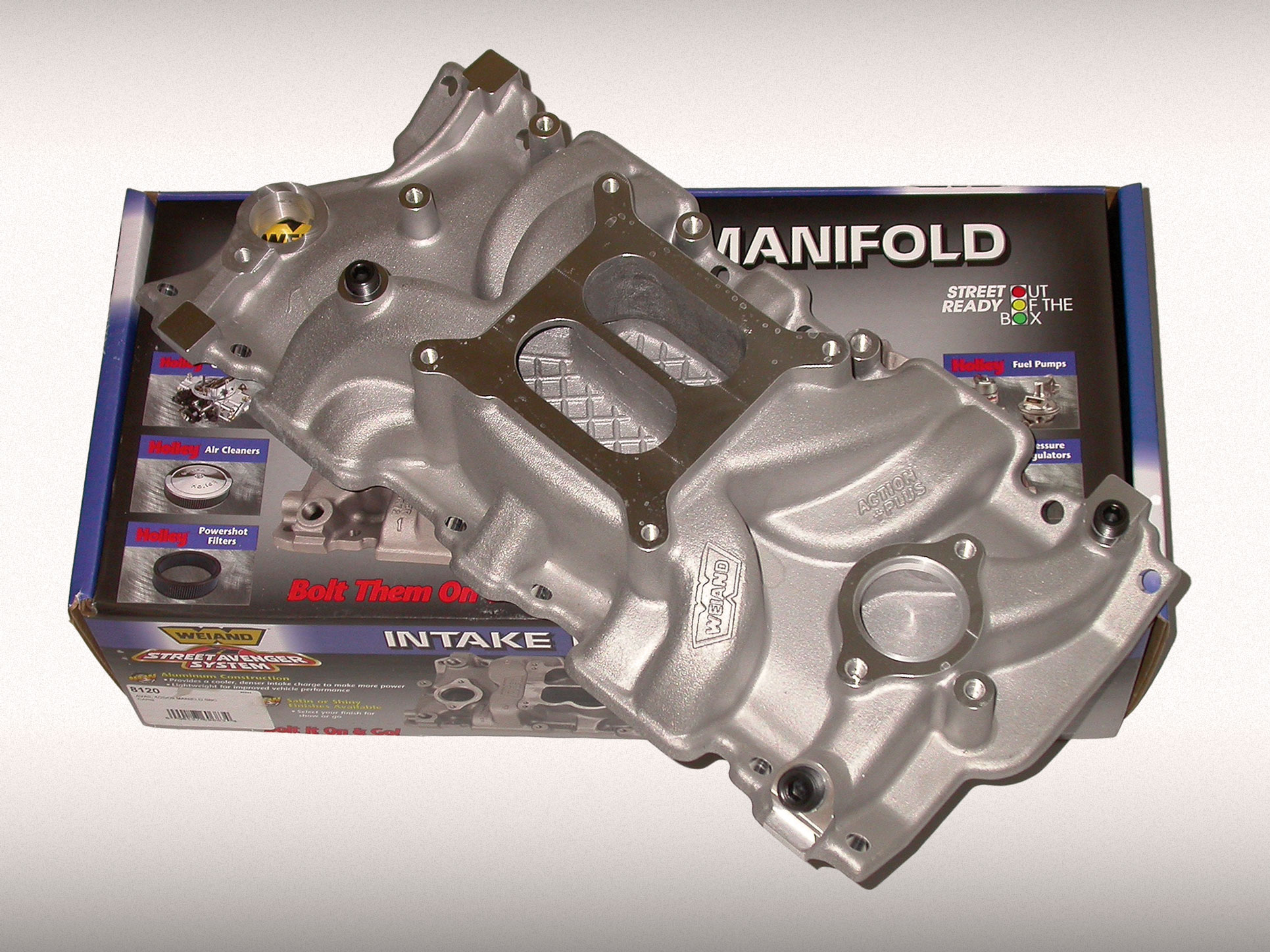
While the factory cast-iron four-barrel Q-Jet intake manifolds have performed admirably on literally thousands of GM applications—and if you are picking your engine from a used lot to use in a swap, it will likely be so equipped—every last one of them should be torn off the car and thrown in the dumpster.
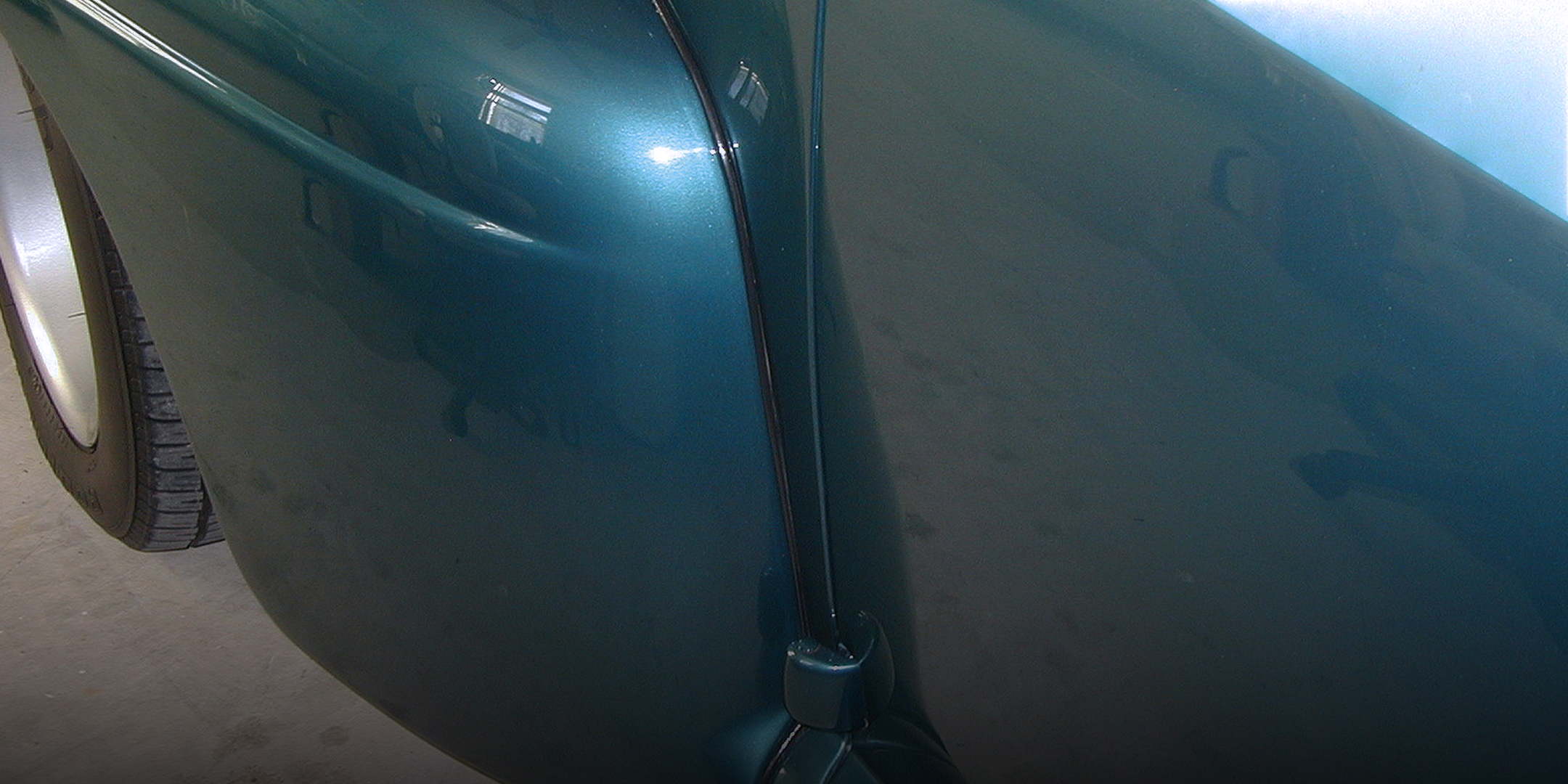
Installing Fender Welting on pre-1948 Autos Author Most every pre-’48 car came with fender/body welting, consisting of a simple combination of a narrow strip of vinyl (or similar material) folded over a small-diameter woven cord and glued shut. Its purpose was, and still is, to insulate one piece of body metal from another when bolted together—not an electrical or temperature insulation, but essentially to eliminate squeaks and rattles, and to prevent paint from chipping (or cracking) as the two pieces flexed and vibrated together under normal road use. Generally referred to as fender welting, this product can also be found throughout certain car models; used to mount grilles, running boards and bumper gravel shields. That was how it was done years ago, and unless the car has special body panel fitting or these pieces are molded in, you will find it still in use today. We use the stuff mainly because our cars still need it, but also because it does the job. As far as we know, nobody ever came up with a better way to do it. People still ask about the pre-’48 cutoff for street rods, but the answer is simple: 1949 was the year of “The Big Change” in automotive design, and it wasn’t just in looks. The new cars had no running boards and used welded-on rear fenders and isolation-mounted front fenders. The new-envelope body design extended the front fenders past the cowl and back to the front door edge. No more body part bolted joints meant no more welting. Thousands of welting folders, gluers and rollers were out of work. You’ve seen street rods without fender welting. Sometime back in the last century, street rod building pioneers such as John Buttera and Boyd Coddington declared war on such trivial detractions. We don’t have any direct input on the results of those metal-to-metal joints, but it’s a fair bet that few of those cars saw many road miles, and they most certainly required many metal finishing hours to get those parts fitting just so. But today you’ll find all sorts of varied solutions, and even welting hasn’t changed all that much. You will find it in different types of fabrics, even rubber, and it is available in many colors, including chrome. If they don’t make your color, your upholstery shop can make it for you in any material and color imaginable. Thinking now about why it hasn’t really changed over the years, we’ve concluded that in certain applications one might benefit if manufacturers were to add a thin strip of peel-and-stick adhesive to one side of it. Look at the accompanying photos and you’ll understand why we mention this. 1. On our example here, we had the rear fenders and running boards welded to the body, leaving only this joint between the front fenders and the cowl in need of fender welting. The paintwork is finished and the front clip is in place. We unbolted the fenders from the cowl one at a time in order to install the welting. 2. Looking inside the passenger door under the dash, you can see the mounting holes for the right front fender. Removing the bolts will allow you to pull the fender away from the cowl. 3. This is the view straight up under the passenger’s-side front fender showing the interface between the two. The flange on the fender (left) comes wavy from the factory. This is where the flap on the welting will come through. The white streaks are from color sanding and are still there. 4. We just happened to have a spare set of fenders (this is a driver’s side), and will use them to show how to cut and form the welting. Cut an extra-long strip and start at the top. If you can remember to make up your welting before you mount the fenders, you will be better off. 5. You can really see the wobble in the mounting flange here, especially in the shadow. We were tempted to hammer and dolly it out, but if Ford didn’t mind, why should we? Besides, there’s a good chance that you’ll distort the fender’s shape. Note the opening cut for a bolt and the slits made for the bend. Try not to cut right up to the cord, as that would allow water to get to it more easily. 6. Using masking tape, we started placing the welting with the bead right against the fender’s top surface. The trick here is to use a heat gun (yes, you can use the hair dryer if she’s not home) to form the bends. Hold the curve and remove the heat. When it cools the vinyl will hold the shape fairly closely. 7. This is about the tightest you can bend the welting with the help of the heat gun. Still, there are going to be small wrinkles. 8. Note the slit cuts for this outside bend. Look closely and you’ll see there are three thicknesses of material stacked up there. This will cause big problems with the installation of the welting, and it won’t allow a tight fit between the fender and the cowl. 9. Here you can see where we cut wedges out of the slit cuts to prevent stacking. This is pretty much our final shape. 10. With the shaped welting taped firmly in place, apply a medium heat uniformly over the whole length. Let it cool completely (about 30 minutes) and then untape it. You’ve got yourself a permanently formed fender welting, custom made just for your car, and you did it yourself. If you were smart enough to do this before mounting your fenders, this would be the perfect time to glue the welting to the fender. 11. You can see how pre-forming the welting is going to make the installation much easier, as well as ensure a perfect fit. If you’ve ever tried putting it in right off the roll, you know what we mean. 12. We very carefully applied







